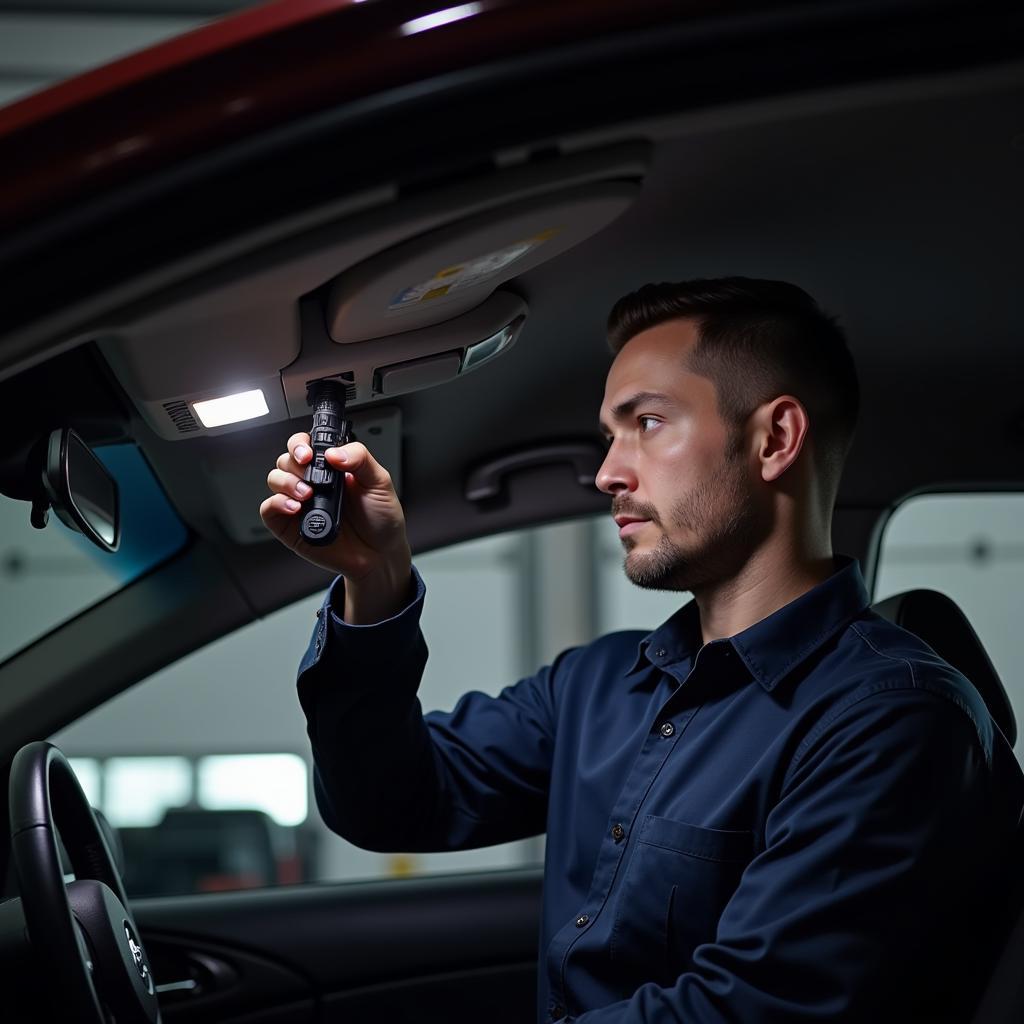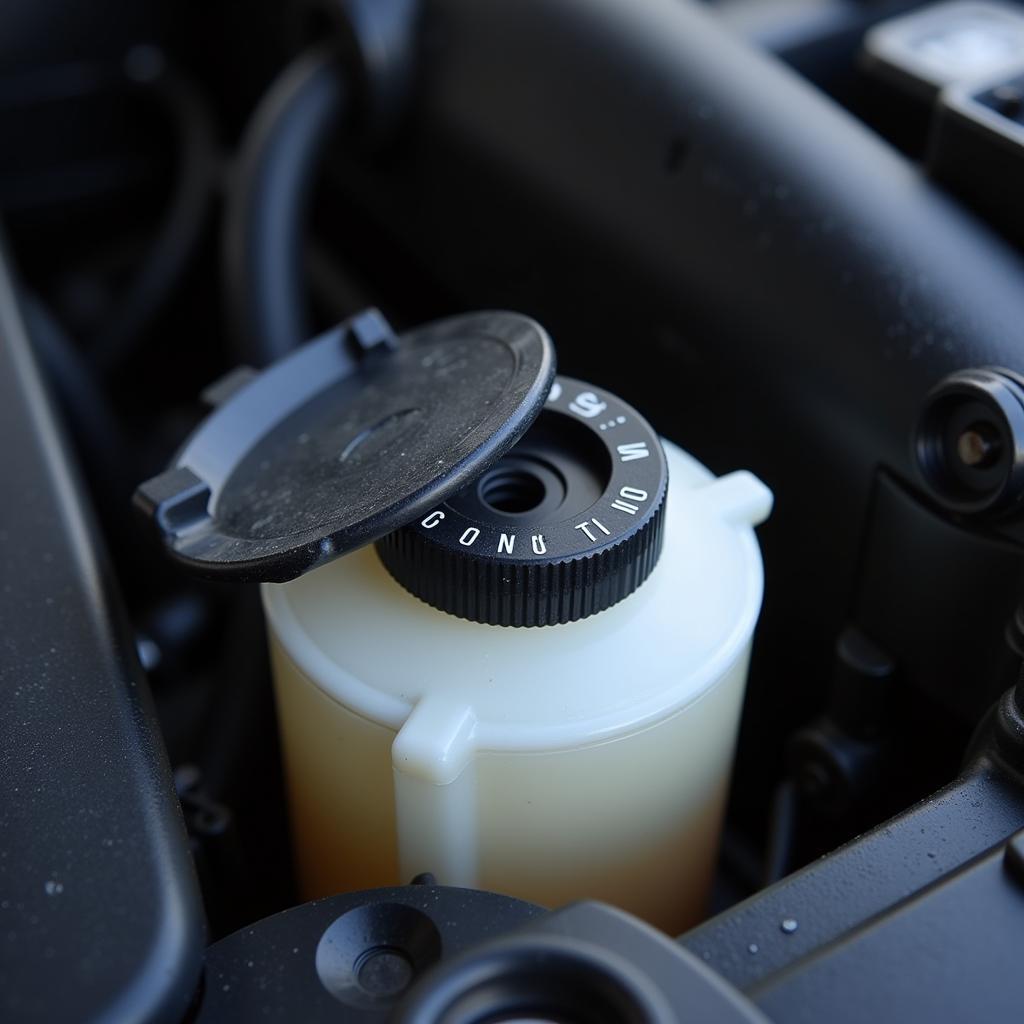Is your car key fob acting up? Before you shell out cash for a costly replacement, consider this: the problem might just be a dead battery. Luckily, key fob battery replacement is a simple DIY task that can be done in minutes. This guide will walk you through everything you need to know, from choosing the right battery to troubleshooting common issues.
Why is My Key Fob Not Working?
A malfunctioning key fob can be incredibly frustrating. Here are a few telltale signs that your key fob battery might be on its last legs:
- Decreased Range: You find yourself standing closer and closer to your car to get the locks to respond.
- Intermittent Functioning: The key fob works sometimes, but not others, leading to a frustrating game of chance.
- No Response: Your key fob is completely unresponsive, leaving you stranded.
While other issues like faulty programming or a broken internal component are possible, a dead battery is the most common culprit.
What Kind of Battery Does My Key Fob Need?
Key fobs typically use small, coin-shaped batteries. The most common types are CR2032 and CR2025, but it’s essential to consult your owner’s manual or search online using your car’s make and model to confirm the correct battery type.
How to Replace Your Key Fob Battery: A Step-by-Step Guide
Replacing your key fob battery is easier than you think. Here’s a general guide, but remember to refer to your owner’s manual for model-specific instructions:
-
Locate the Battery Compartment: Most key fobs have a small battery compartment on the back or side, often secured with a small screw or tab.
-
Open the Compartment: Use a small screwdriver or your fingernail to carefully pry open the compartment.
-
Remove the Old Battery: Gently pry out the old battery, noting its orientation (+/-).
-
Insert the New Battery: Place the new battery into the compartment, matching the orientation of the old battery.
-
Close the Compartment: Snap the compartment closed or reinsert and tighten the screw.
-
Test the Key Fob: Make sure all the buttons on your key fob are working correctly.
Troubleshooting Key Fob Issues
Still having trouble? Here are a few additional tips:
-
Check Battery Orientation: Ensure the new battery is inserted correctly with the positive (+) and negative (-) terminals aligned properly.
-
Clean the Contacts: Over time, battery contacts can accumulate dirt and grime. Use a cotton swab and rubbing alcohol to clean them gently.
-
Reprogramming: In some cases, you might need to reprogram your key fob after a battery replacement. Refer to your owner’s manual for instructions.
If you’re still experiencing problems after trying these troubleshooting steps, it might be time to consult a professional automotive locksmith or dealership.
Don’t Let a Dead Battery Leave You Stranded
Key fob battery replacement is a quick and easy DIY task that can save you time, money, and frustration. By following the steps outlined in this guide and keeping a spare battery handy, you can stay one step ahead and keep your car key fob in top working condition.
FAQs
Q: How long do key fob batteries typically last?
A: Key fob batteries usually last between 3 to 5 years, depending on usage and environmental factors.
Q: Can I use any battery for my key fob?
A: No, it’s crucial to use the specific battery type recommended by your car manufacturer. Using the wrong battery can damage your key fob.
Q: Can I replace the key fob battery myself?
A: Absolutely! It’s a simple DIY task that most people can handle with basic tools.
Q: What if I replace the battery, but my key fob still doesn’t work?
A: Double-check the battery orientation and cleanliness of the contacts. If the problem persists, your key fob might need reprogramming or have a different underlying issue. Consider consulting a professional.
Q: How can I extend the life of my key fob battery?
A: Avoid keeping your key fob in extreme temperatures, and don’t repeatedly press the buttons unnecessarily to conserve battery life.
Remember, maintaining your car extends beyond the engine; keeping your key fob in working order ensures a smooth and hassle-free driving experience.


